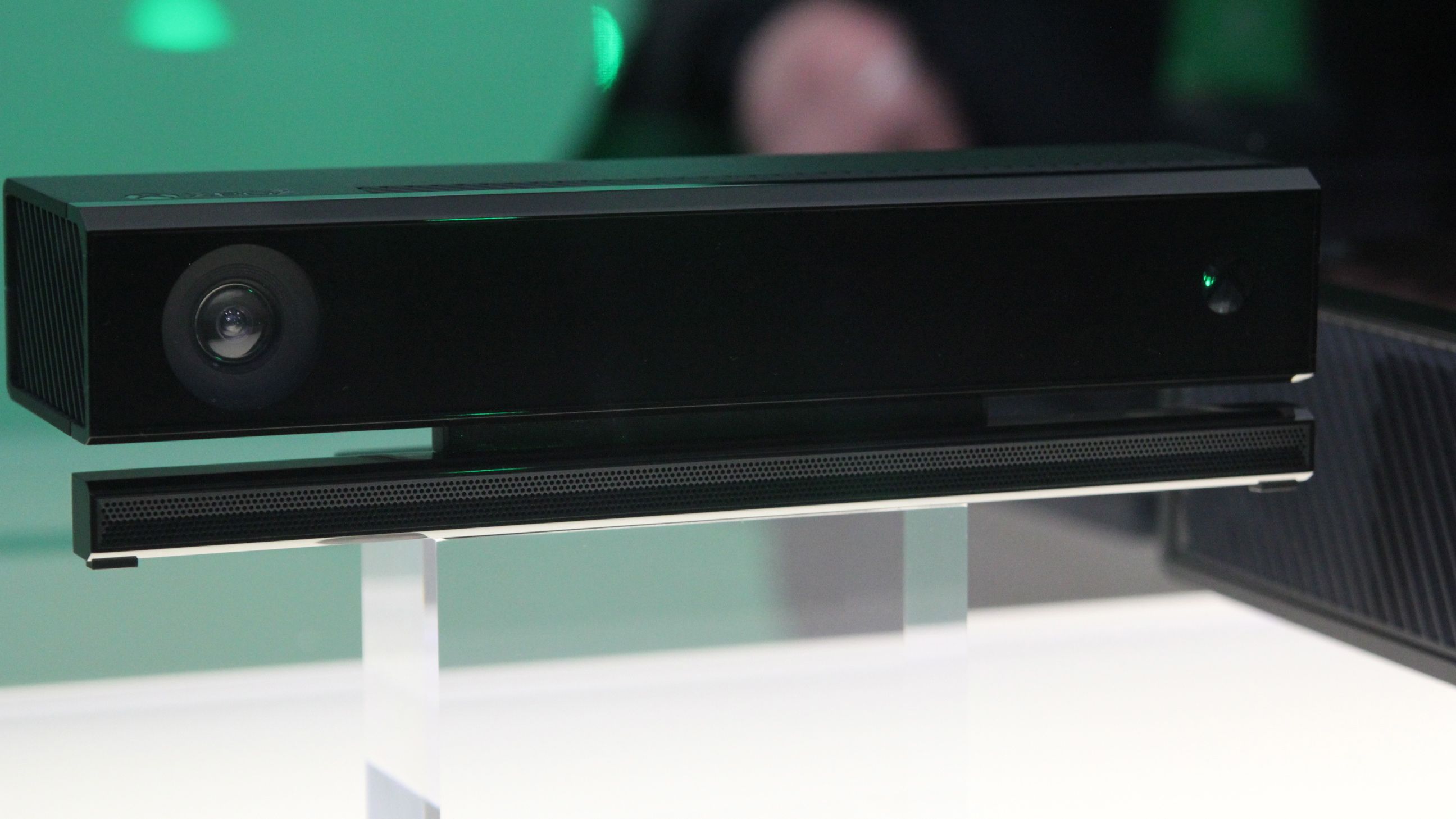Kinect will always be integral to Xbox One, says Xbox's marketing chief
Kinect isn't dead just yet

It didn't take long after the Xbox One launched - less than a year, in fact - before Microsoft announced a cheaper SKU with no Kinect.
Luckily they did so shortly before E3 2014, giving us the opportunity to ask Xbox Chief Marketing and Strategy Officer Yusuf Mehdi about the change.
It may seem like Microsoft is burning users who bought the XB1 with Kinect included, not to mention developers like Harmonix, whose games require the sensor, but Mehdi promised that Kinect will remain integral to the console.
Keep reading for an excerpt from our Q&A with the Xbox exec.
Shake, shake, shake señora
TechRadar: Is Kinect going to continue to be an integral part of the Xbox One experience?
Yusuf Mehdi: Yeah, I think Kinect is going to continue to be integral. Kinect operates at three levels. It's kind of a system service, so voice/gesture controls, you can manage your television experience or your game experience, where it's, you know, "Xbox, go to Titanfall," "Turn on," "Turn off," all that. The second one is for dedicated games that really are Kinect-based, so Fantasia, Dance Central, Kinect Sports Rivals.
And then the third would be the broader set of games that take advantage of Kinect features when it makes sense, like in Dead Rising, you can shake your body to shake off the zombies, you can with your voice say "fire arrows" and you can command your troops [in Ryse: Son of Rome] - different abilities like that.
Sign up for breaking news, reviews, opinion, top tech deals, and more.
So it works at three levels. That continues, and we keep making improvements, perfections, and the progress on Kinect v2 has been pretty huge. If you look at it, a billion voice commands alone since launch. Over a billion. Very different from what we had in Kinect v1. And it's a system where it trains, it gets better, the voice gets better with more uses.
The other part is the reason we un-bundled it, and it was a tough decision because we have all of our game publishers, and there was a question of, well, do you lose dev innovation because people can't rely on it being there, versus if we have a new opening price point that's $100 cheaper, can you get a lot more people to come to the Xbox One?
And in the end we decided that the latter was the best thing to get, to focus on the customer and to broaden the audience for the developers.
TR: What was the feedback like from those companies, especially developers that rely on Kinect, like Harmonix?
YM: For people like Harmonix, I mean, they definitely would like to have a Kinect in every box. That makes it easier for us collectively to have Dance Central really pop. And that was tough. That's a tougher one. But with the broader set of game publishers and game developers, they all said this is the right call, to broaden the audience. And so, "Way to go!" and, "We're going to get behind and support you."
TR: Are new apps still required to support Kinect?
YM: Well, the way we've architected the system service is that it's very easy to write it so that the consumer can power it with their voice and Kinect, and if not then there's a controller option or a remote option.
TR: But Kinect will still be integrated with everything?
YM: Yeah. All that will still be in the platform. None of that has changed.
Michael Rougeau is a former freelance news writer for TechRadar. Studying at Goldsmiths, University of London, and Northeastern University, Michael has bylines at Kotaku, 1UP, G4, Complex Magazine, Digital Trends, GamesRadar, GameSpot, IFC, Animal New York, @Gamer, Inside the Magic, Comic Book Resources, Zap2It, TabTimes, GameZone, Cheat Code Central, Gameshark, Gameranx, The Industry, Debonair Mag, Kombo, and others.
Micheal also spent time as the Games Editor for Playboy.com, and was the managing editor at GameSpot before becoming an Animal Care Manager for Wags and Walks.
